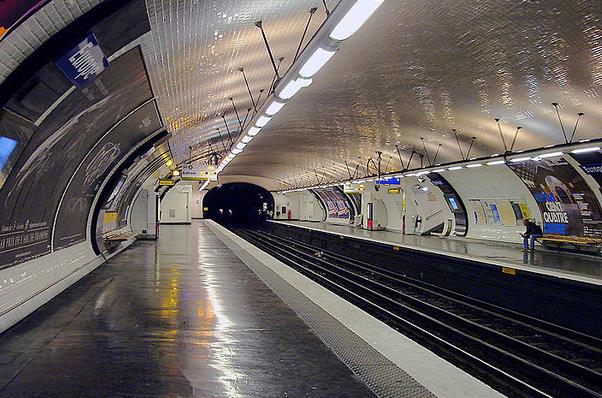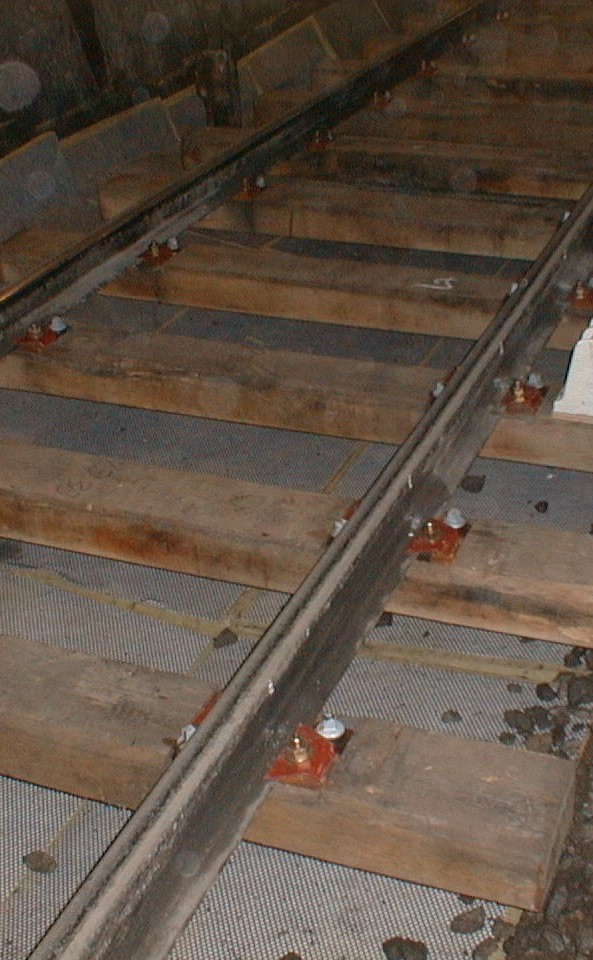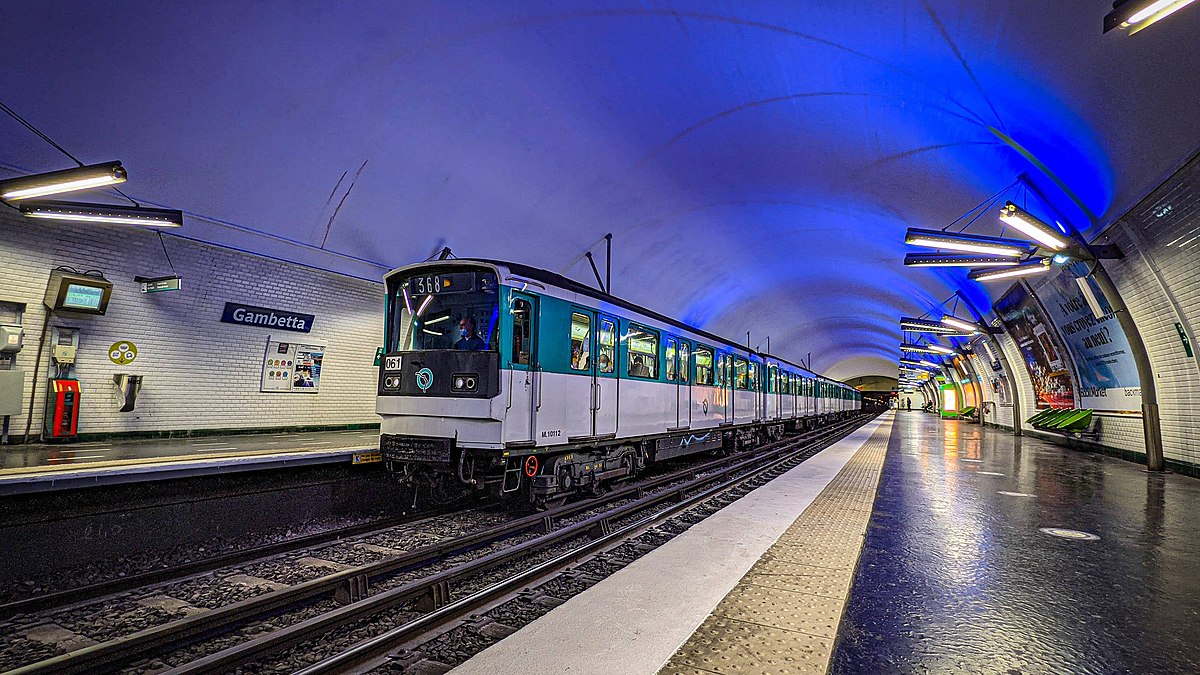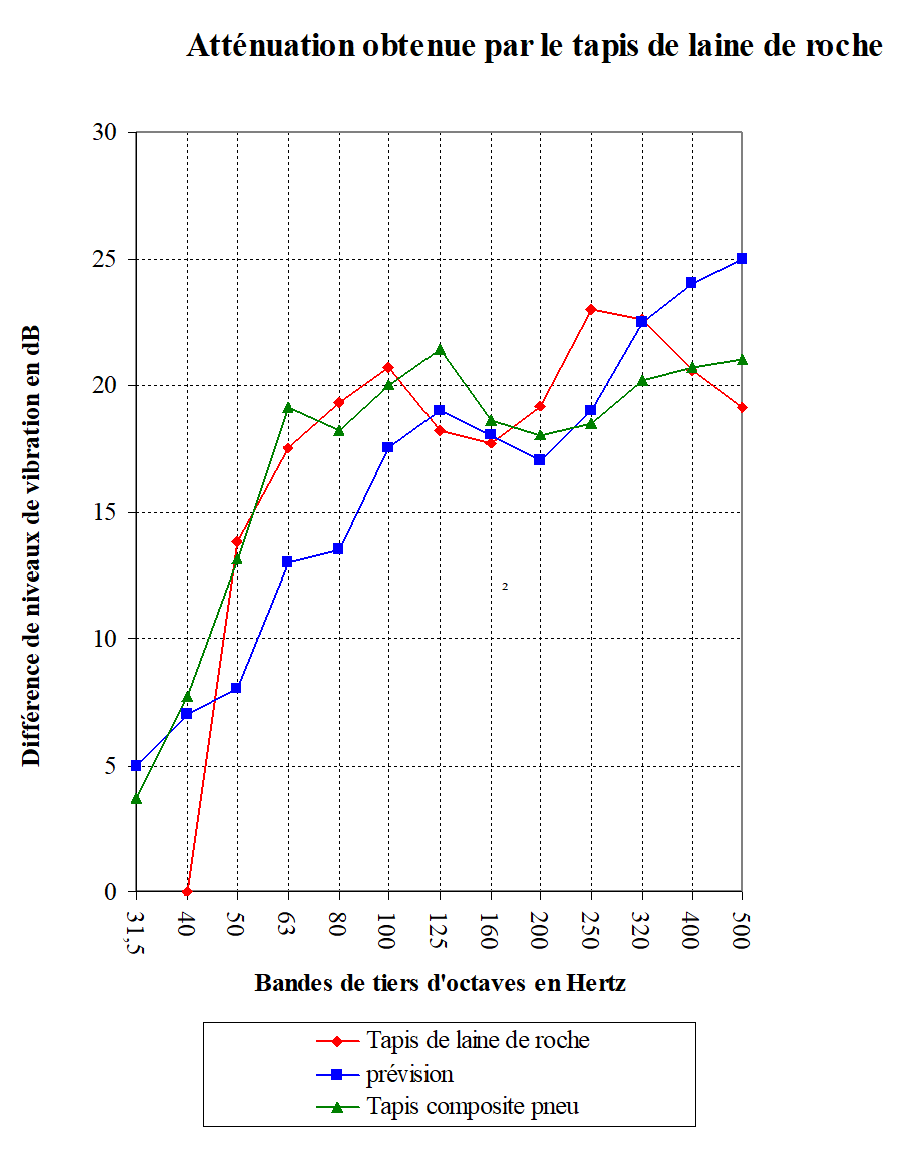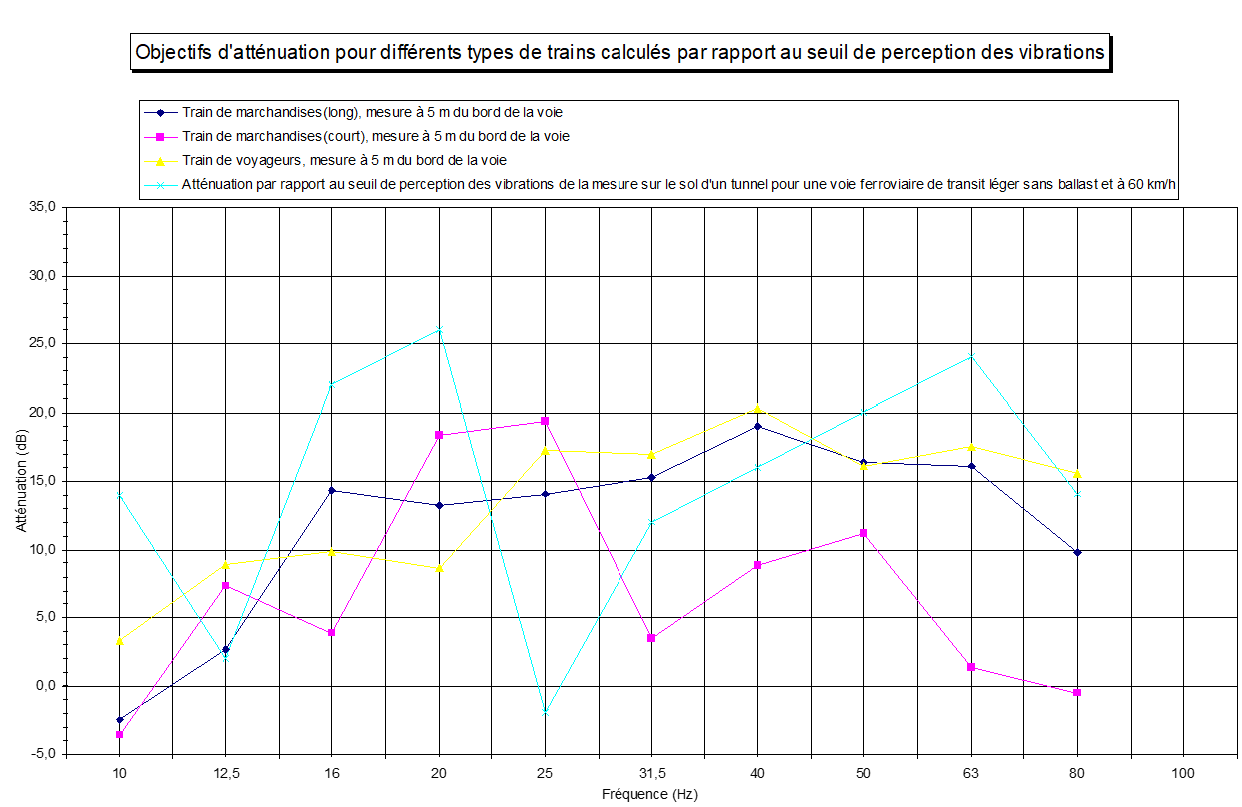In the early 2000s, the Paris metro network was renovated to ensure the continuity of operation of all lines. Since vibration control is a major issue in renovations, we have implemented our low-cost vibration control system developed under a European research contract.
With 40 years of experience in vibro-acoustic engineering, Tisseyre + Associés has distinguished itself by investing in research & development in order to offer integrated, optimized and low-cost acoustic and vibration technical solutions. To control vibrations, as part of a European research contract (Predit contract), we have developed a low-cost vibration decoupling system. As for acoustic engineering, we have developed a 3D modeling tool for spaces in operation: Intelligibility®. Thus, we can collaborate from the first stages of the project with the architects and design offices in order to propose vibro-acoustic solutions adapted to the needs of the users.
Vibration control
As part of the implementation and experimental demonstration of the Predit contract, we have shown that conventional uncoupling systems such as structural breaks by springs or even neoprene were much more expensive than an impedance break system. vertical tracks via rock wool panels. In addition, in order to meet both the substantial vibration criteria for train tracks, and resistance to loads, we have selected specific rock wools that meet or even exceed the requirements in terms of vibration control.
Vibration measurements
Measurements of vibration speed levels as a function of frequency were carried out at two points, after the laying of composite mats usually used by the RATP for the first point and rock wool mats for the second point.
The significant gains in vibrational speed provided by the two types of carpet are equivalent. The attenuation obtained in the presence of rock wool mats is in line with the predicted values, goes beyond the objectives set and is identical to the values obtained by the resilient system currently used. This system, which is resistant to 100 years of operation, thus makes it possible to reduce both the time of the work and the cost. Indeed, the cost of this type of construction varies within a range of 100 to 120 €/m², which corresponds to a cost reduction of 60 to 80% compared to spring systems.
